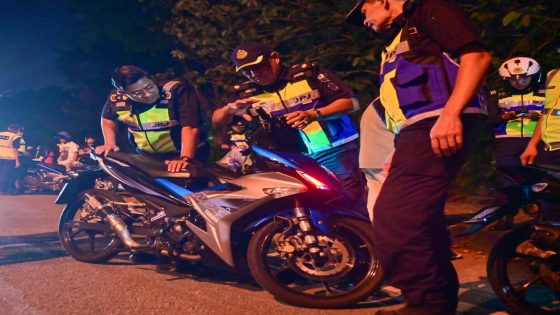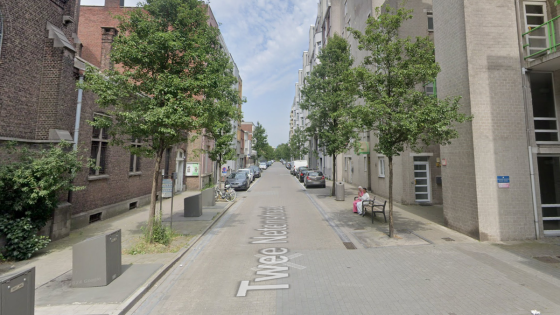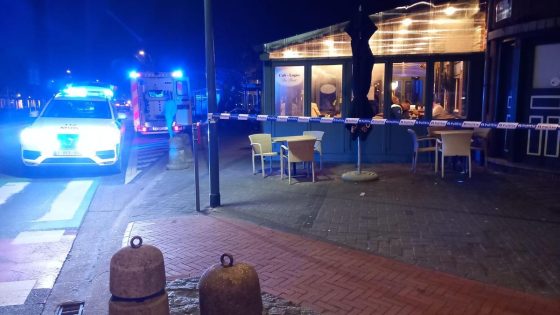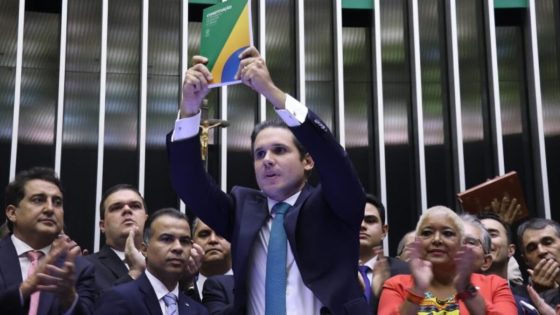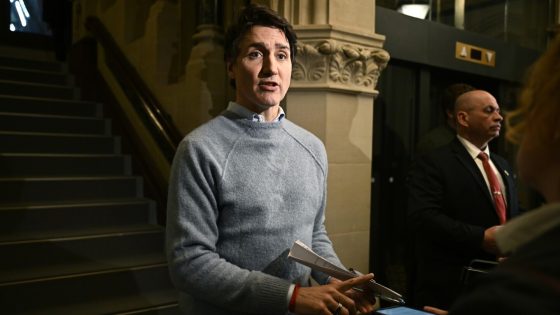On February 12, 2025, a deadly exchange of gunfire occurred in the Jardins neighborhood of São Paulo, Brazil. This incident involved police and suspects attempting to steal from a residence, resulting in one fatality. What led to this tragic event?
- Shootout between suspects and police in SP
- Police chase results in one fatality
- PM confronts fleeing burglary suspects
- Suspect killed on Avenida Nove de Julho
Deadly Shootout in São Paulo: What Happened in the Jardins Neighborhood?
Why do such violent confrontations occur? In this case, police confronted suspects fleeing a burglary, leading to a tragic shootout. The incident highlights ongoing concerns about crime in urban settings.
Understanding the Crime Wave in Urban Brazil and Its Implications
Urban crime is a pressing issue in cities worldwide. The recent shootout in Jardins reveals the challenges faced by law enforcement in high-crime areas. The rapid escalation from theft to violence raises questions about public safety and police response.
- Increased crime rates in urban areas.
- Challenges faced by law enforcement in preventing violent confrontations.
- Public safety concerns and community responses.
- Impact of crime on local businesses and residents.
Key Factors Contributing to Urban Crime in São Paulo
Several factors contribute to the rise of urban crime in São Paulo, including economic disparity, lack of opportunity, and inadequate law enforcement resources. These elements create an environment where crime can thrive. Understanding these dynamics is crucial for developing effective strategies to combat crime.
The Role of Community Engagement in Crime Prevention
Community involvement plays a vital role in crime prevention. Programs that encourage neighborhood watch initiatives and local policing can foster a sense of security. When residents actively participate in their community, they can help deter criminal activity and support law enforcement efforts.
Lessons for U.S. Cities Facing Similar Challenges
As cities in the U.S. grapple with crime, the situation in São Paulo offers valuable lessons. Addressing the root causes of crime, enhancing community engagement, and improving police-community relations can be effective strategies. How can U.S. cities learn from these experiences to create safer environments?





